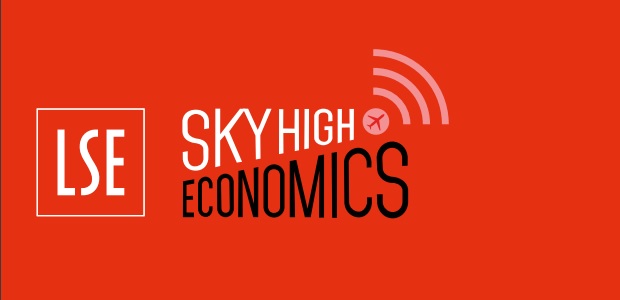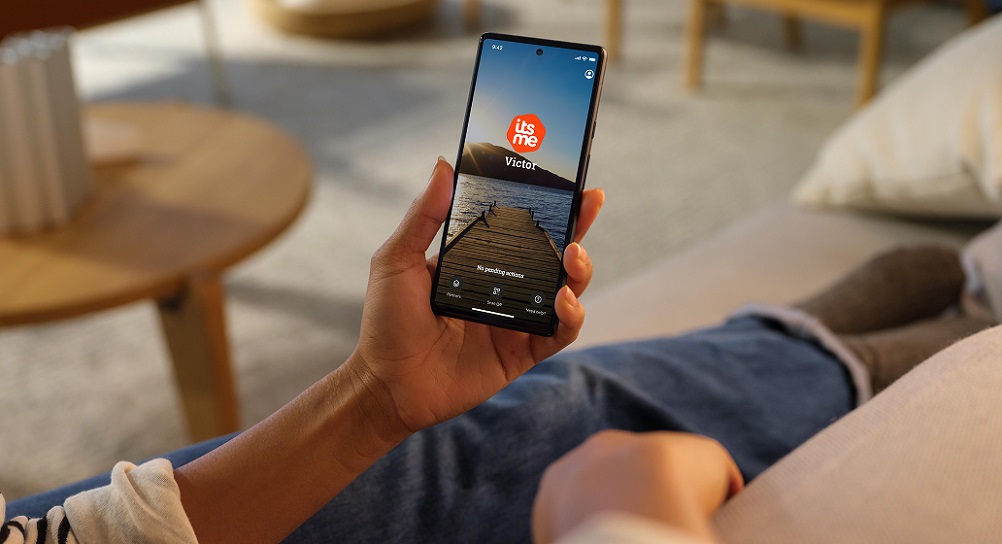London School of Economics report: ecommerce opportunities of USD 30 bln for airlines by 2035

Airlines could make the most of the in-flight ecommerce by receiving an extra USD 30 billion if passengers were treated as online consumers, study reveals.
In-flight broadband, which will bring new services such as high-speed film and TV streaming and online shopping to passengers, has the potential to create a USD 130 billion global market within the next 20 years, according to a report by the London School of Economics and Inmarsat, the satellite operator.
The share that could be captured by airlines, which would provide access to these services during flights to a captive audience, is forecast to climb from USD 900 million in 2018 to USD 30 billion by 2035. The report estimates that by 2035 this could add USD 4 per passenger to the USD 17 already earned from ancillary services such as in-flight purchases of duty-free goods, or food and drink.
The report estimates that non-broadband enabled extras generate roughly USD 60 billion in supplementary revenue for the world’s airlines. In 2016, the top 10 airlines, ranked by total ancillary revenue, earned USD 28 billion from these add-on services, against USD 2.1 billion in 2007, according to research by IdeaWorksCompany and CarTrawler.
At present, only 53 out of an estimated 5,000 airlines worldwide offer in-flight broadband connectivity, the report finds. Airlines could team up with brands to offer continuous online shopping during the flight, with delivery either to the holiday destination or the home.
On the back of strong passenger demand, inflight internet will be ubiquitous on commercial aircraft by 2035. Currently, airlines receive an additional $17 per passenger from ‘traditional’ ancillary services such as duty free purchases and inflight retail, food and drink sales. Broadband enabled connected ancillary revenues will add an extra $4 by 2035.
Full service carriers look set to claim the lion’s share of airline revenues (63%), generating $19 billion by 2035. Capitalising on longer flight times, additional revenue will come from the ability to maximise e-commerce platforms and striking deals with content providers to offer premium packages. The Sky High Economics study predicts low cost carriers will generate $11 billion by 2035, the bulk of which will come from selling connectivity to passengers.
The research also identified that regionally, the greatest opportunity for broadband-enabled ancillary services is in Asia Pacific. Driven by passenger growth and availability of services, airlines in Asia Pacific will benefit from $10.3 billion of ancillary revenues by 2035, followed by Europe ($8.2 billion) and North America ($7.6 billion).
Dr Alexander Grous (B. Ec, MBA, M.Com, MA, PhD.), Department of Media and Communications, LSE and author of Sky High Economics said: “The opportunity available to airlines is enormous. The Sky High Economics study predicts the creation of a $130 billion market within the next two decades. Globally, if airlines can provide a reliable broadband connection, it will be the catalyst for rolling out more creative advertising, content and e-commerce packages. We will see innovative deals struck, partnerships formed and business models fundamentally changed for new players to lay claim to the $100 billion opportunity away from airlines. Broadband-enabled ancillary revenue has the potential to shape a whole new market and it’s something airlines need to be planning for right now.”
Rupert Pearce, Chief Executive Officer, Inmarsat, said: “Inflight connectivity is no longer a luxury for passengers, it’s an expectation. The analysis from LSE shows there is huge scope for airlines to unlock entirely new revenue streams, while also helping to improve the passenger experience. What’s more, airlines will become the gatekeepers to a $130 billion market. If they can install a high quality inflight broadband connection, we will see them open the doors to some of the world’s largest organisations.”
E. Rowley, Ancillary Services Category Management,Retailing/Duty Free & FlyNet, Lufthansa: “At Lufthansa we always want to be at the forefront of technology, and that includes offering the newest digital passenger services. We are proud to announce that many of our short and medium haul routes will soon offer the opportunity to browse online and stream video, giving passengers total control to consume the entertainment they really want. Inflight connectivity allows us to offer truly enhanced individual experiences like never before, giving us the ability to improve the passenger experience and also expand ancillary revenue streams.”
Source: inmarsat.com
Dariusz Mazurkiewicz – CEO at BLIK Polish Payment Standard
Banking 4.0 – „how was the experience for you”
„To be honest I think that Sinaia, your conference, is much better then Davos.”
Many more interesting quotes in the video below:











